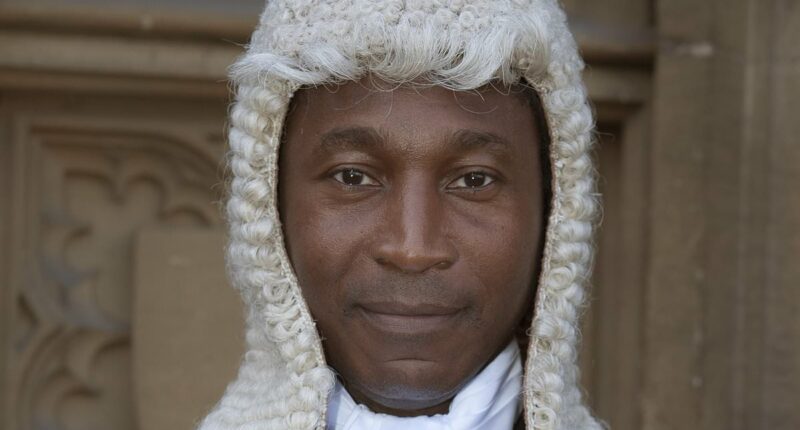Share this @internewscast.com

The fashion of donning white wigs traces back to Louis XIV of France.
During the mid-17th century, a bald head was often perceived as a telltale sign of syphilis infection.
By the 16th century, this sexually transmitted disease had reached epidemic proportions across Western Europe. Those afflicted with syphilis suffered symptoms like rashes, joint pain, and fever. As the disease progressed, it could lead to blindness, heart issues, mental disorders, nerve complications, and eventually death.
Though hair loss is an uncommon symptom, it can manifest during the secondary stage of infection.
To avoid being linked with syphilis, King Louis XIV opted to conceal his balding head with a wig.
This fashion statement swiftly gained popularity among Europe’s upper and middle classes, spreading to Britain where King Charles II adopted the trend as well.
The courts, however, were slower to adopt the trend, with many continuing to sport their natural hair in their judicial portraits.
By 1685, full, shoulder-length wigs became part of proper court dress, because barristers were also considered as part of middle-class society.
By the 1820s, wigs had gone out of fashion but coachmen, bishops and those in the legal profession continued to wear them.
Coachmen and bishops stopped in the mid-1830s but again the courts kept the tradition.
In 2007, wigs were no longer required during family or civil court appearances or when appearing before the Supreme Court of the United Kingdom.
Wigs are still worn in criminal cases and some barristers choose to wear them during civil proceedings.
There are a number of reasons why barristers still wear wigs.
The most accepted is that it brings a sense of formality and solemnity to proceedings. By wearing a gown and wig, a barrister represents the rich history of common law and the supremacy of the law over the proceedings. There have also been arguments that wearing a wig allows a visual separation between the law and those before it.
A judge is able to suspend court dress at his own disposal, perhaps where it may intimidate children in the court or during hot periods of weather. Therefore, it really is about symbolism more than any rule.
Source: The Lawyer Portal





